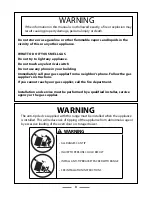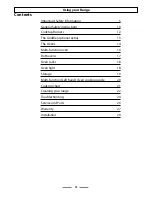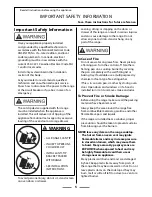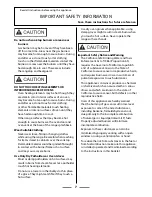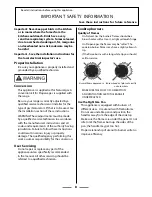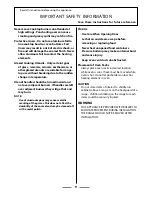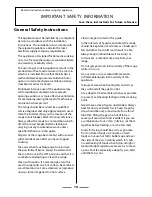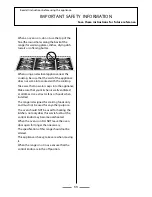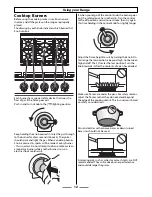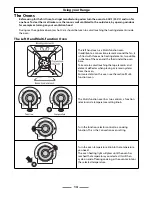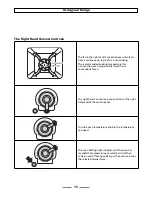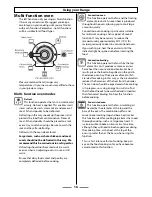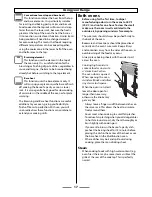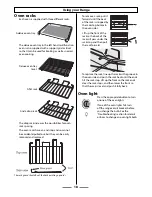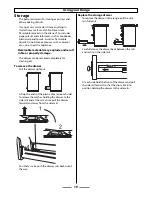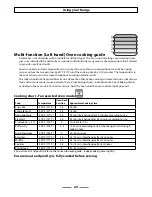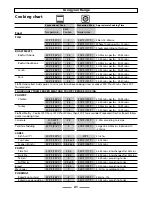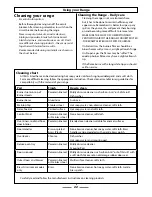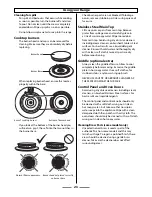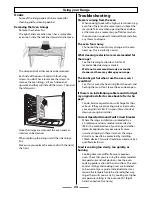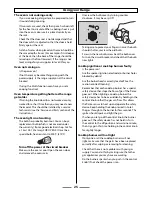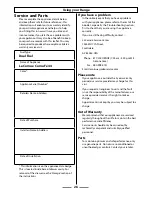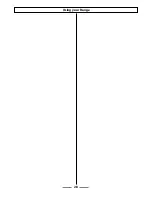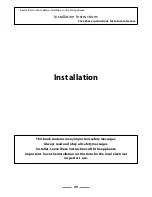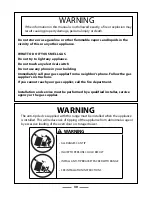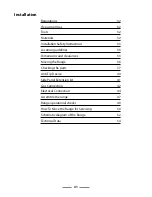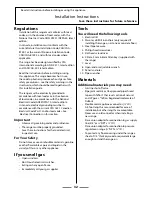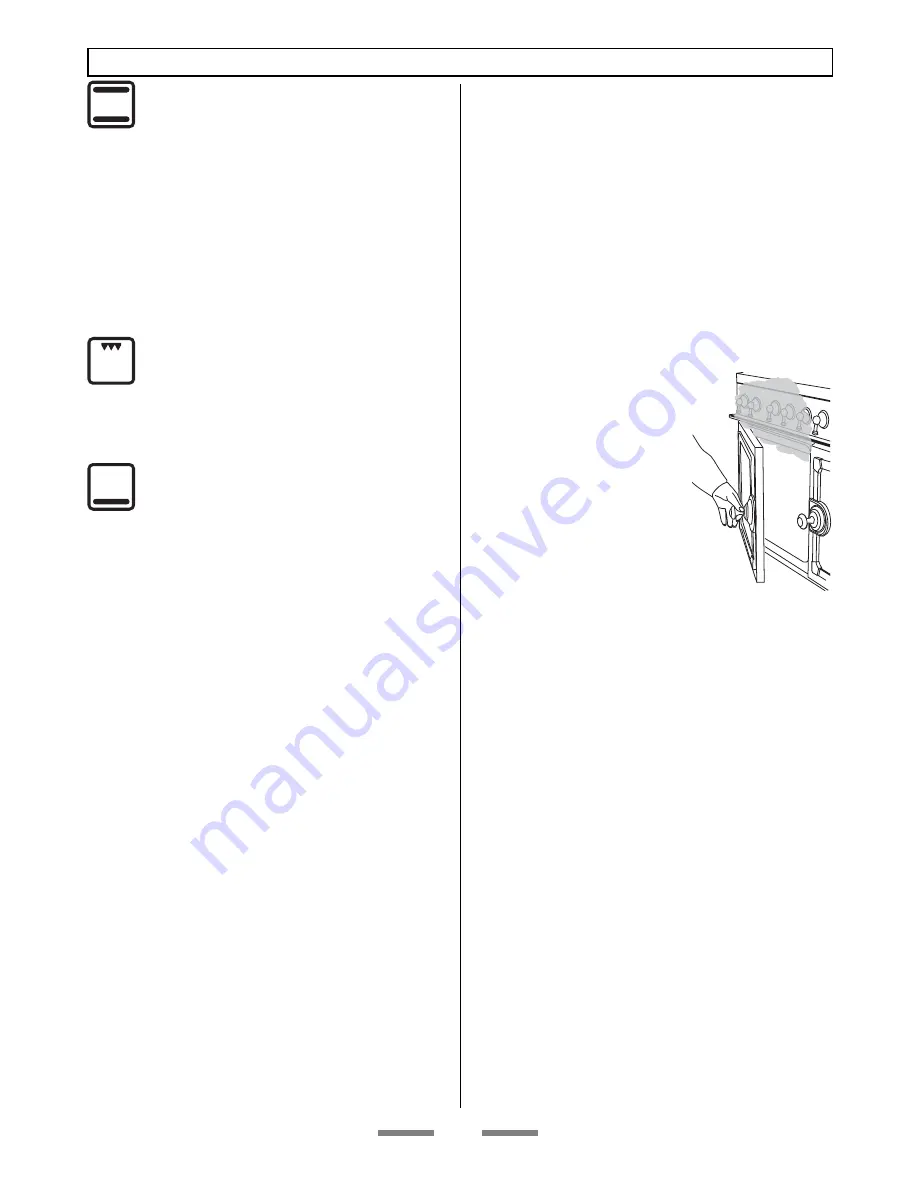
17
Using your Range
Conventional oven (top and base heat)
This function combines the heat from the top
and base elements. It is particularly suitable
for roasting and baking pastry, cakes and biscuits.
Food cooked on the top rack will brown and crisp
faster than on the lower rack, because the heat is
greater at the top of the oven than at the base, as
in ‘Convection assisted oven’ function. Similar items
being cooked will need to be changed around
for even cooking. This means that foods requiring
diff erent temperatures can be cooked together,
using the cooler zone in the lower half of the oven
and hotter area to the top.
Browning element
This function uses the element in the top of
the oven only. It is a useful function for the
browning or fi nishing of pasta dishes, vegetables in
sauce and lasagne, the item to be browned being
already hot before switching to the top element.
Base heat
This function uses the base element only. It
will crisp up your pizza or quiche base or fi nish
off cooking the base of a pastry case on a lower
rack. It is also a gentle heat, good for slow cooking
of casseroles in the middle of the oven or for plate
warming.
The Browning and Base heat functions are useful
additions to your oven, giving you fl exibility to
fi nish off items to perfection. With use, you will
soon realize how these functions can combine to
extend your cooking skills.
Both ovens
Before using for the fi rst time, to dispel
manufacturing odors turn the ovens to 400°F
(204°C) and run for one hour. To clear the smell
make sure the room is well ventilated to the
outside air, by opening windows for example.
The wire racks should always be pushed fi rmly to
the back of the oven.
Bakeware and meat pans should be placed level
centrally on the oven’s wire racks. Keep all trays
and containers away from the sides of the oven, as
overbrowning of the food may occur.
Always place baking sheets with the widest part
across the oven.
Cooking high moisture
content foods can create
a ‘steam burst’, when
the oven door is opened.
When opening the oven
stand well back and allow
any steam to disperse.
When the oven is on, don’t
leave the door open for
longer than necessary,
otherwise the knobs may
get very hot.
• Always leave a ‘fi ngers width’ between dishes on
the same rack. This allows the heat to circulate
freely around them.
• Cover meat when cooking to avoid fat splashes.
• To reduce fat splashing when you add vegetables
to hot fat around a roast, dry them thoroughly or
brush lightly with cooking oil.
• If you want to brown the base of a pastry dish,
preheat the baking sheet for 15 minutes before
placing the dish in the center of the sheet or use
the base heat in the Multifunction oven.
• Where dishes may boil and spill over during
cooking, place them on a baking sheet.
Steam
When cooking foods with high water content (e.g.
oven fries) there may be some steam visible at the
grille at the rear of the cooktop. This is perfectly
normal.

